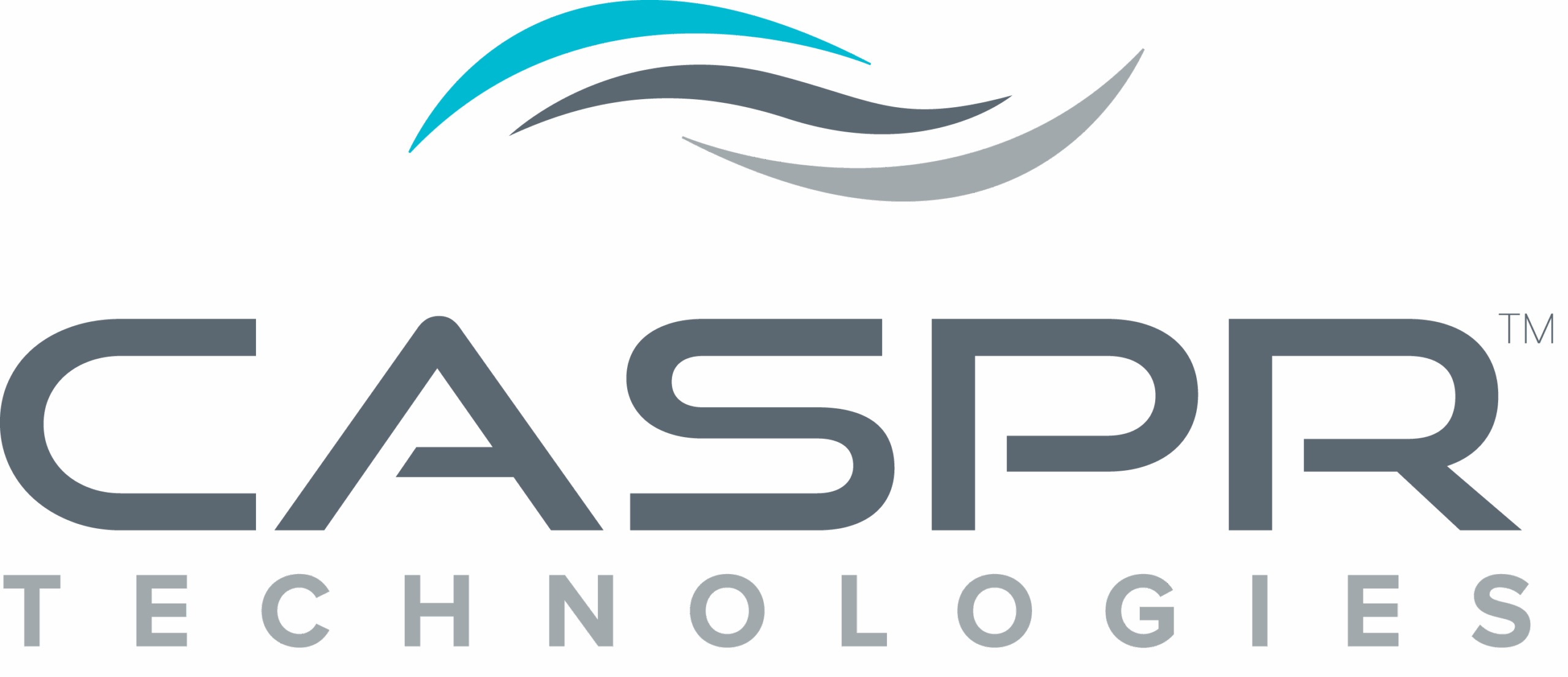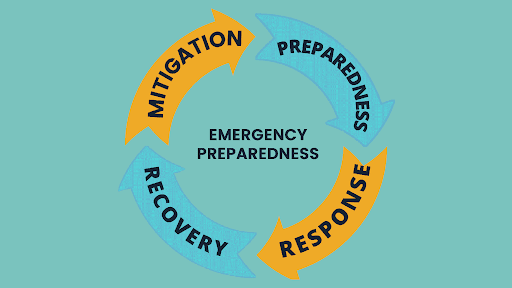In recent research on ASHRAE 241, we came across a thought-provoking article titled “Pandemic-Proofing Our Air: How Standard 241 Makes Indoor Air Safer” (Occupational Health & Safety, 2024). While much of the discussion around ASHRAE 241 focuses on emergency preparedness, it raised an intriguing question: What if these enhanced air quality standards became the daily norm rather than just an emergency response?
Beyond Emergency Preparedness
ASHRAE 241 was designed to help buildings operate safely during pandemic-type events. However, consider this: If a school building were to maintain these elevated air quality standards year-round, wouldn’t this significantly reduce the daily risk of illness transmission among students? The potential benefits for student health and attendance could be substantial.
Addressing the Practical Challenges
The immediate concerns that arise are operational costs and disruption to normal building functions. Traditionally, achieving higher air quality standards meant either:
- Increasing outside air intake
- Reducing occupancy levels
Neither option is particularly appealing for everyday operations. However, ASHRAE 241 introduces an innovative solution: the concept of “equivalent clean air.” This approach allows facilities to use air cleaning devices instead of relying solely on increased ventilation or reduced occupancy.
Making It Work: Modern Solutions
Thanks to advances in air purification technology, implementing emergency-level air quality standards full-time is becoming increasingly feasible. The standardized testing protocols outlined in ASHRAE 241 provide the framework for evaluating these solutions. For instance, the CASPR Medik X demonstrates impressive capabilities:
- Reduces MS2 virus by 70-80% within 4-12 minutes
- Enables buildings to maintain minimal pathogen transmission rates
- Operates on just 30-60 watts per unit
A New Paradigm for Building Design
As we design new buildings and retrofit existing ones, perhaps it’s time to shift our perspective. Instead of viewing enhanced air quality as an emergency measure, we should consider making it the default standard. The question becomes not just about meeting minimum requirements, but about optimizing for occupant health and well-being every day. The technology exists. The standards are in place. The only remaining question is: Shouldn’t we be designing all our buildings to operate at the lowest possible transmission rate as a matter of course?
For more details on ASHRAE 241 testing protocols, see our previous blog post [ASHRAE 241: Understanding the Standardized Testing Protocol].

